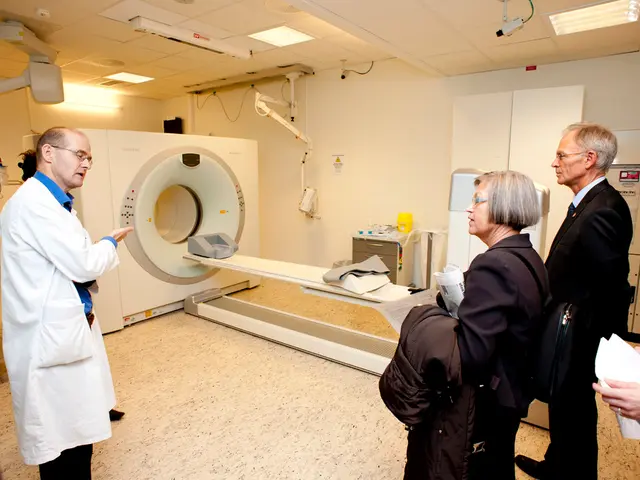Phenomenon Named Hutchison: An Examination
In the late 1970s, a Canadian inventor named John Hutchison made a groundbreaking discovery that would captivate the scientific community and fuel conspiracy theories for decades to come. Known as the Hutchison Effect, this phenomenon has been characterised by levitation, fusion of dissimilar materials, and spontaneous fracturing of metals.
John Hutchison's work on the Hutchison Effect involved a deep understanding of electromagnetism and radiofrequency. His experiments took place in his Vancouver workshop, using Tesla coils, Van de Graaff generators, and other electromagnetic apparatus.
The Hutchison Effect drew interest from both civilian researchers and military organizations, including the United States military. In the 1980s, Lieutenant Colonel John B. Alexander visited Hutchison's laboratory on behalf of the military. However, Hutchison expressed reluctance to see his discoveries militarized, preferring applications in space travel or environmental cleanup, particularly regarding the neutralization of radioactive waste.
Hutchison's laboratory equipment was seized by Canadian authorities, citing the presence of polychlorinated biphenyls (PCBs) as justification. It became apparent that the stated environmental concerns were merely a pretext for the seizure of Hutchison's equipment.
The Hutchison Effect has remained unsupported and generally regarded as a fringe or pseudoscientific topic. There is no credible evidence or records showing that established scientific organizations have engaged in research or published results on John Hutchison's claimed Hutchison Effect.
Despite the lack of mainstream acceptance, the Hutchison Effect has intrigued many, including Dr. Elizabeth Rauscher, who suggested that Hutchison's experiments might have revealed an undiscovered type of radiation with potential applications in various fields. Dr. Hal Puthoff, co-founder of the Institute for Advanced Studies at Austin, has stated that the Hutchison Effect could represent a new form of energy with significant implications for future technologies.
The Hutchison Effect has also been linked to speculations about advanced propulsion systems, weapons applications, ancient monuments like the pyramids, zero-point energy, the Philadelphia Experiment, and Area 51. These connections were largely fuelled by discussions during interviews, such as the one with Art Bell, and documentaries like Chris Toussaint's 2006 documentary, "The Hutchison Effect: An Investigation," which features interviews with experts like Dr. Elizabeth Rauscher and Dr. Hal Puthoff.
In more recent times, the Hutchison Effect has resurfaced in discussions about unidentified aerial phenomena (UAP). On May 31, 2022, Canadian Member of Parliament Larry Maguire held a Zoom meeting with David Grusch, a senior intelligence officer with the U.S. National Geospatial-Intelligence Agency (NGA), responsible for overseeing UAP matters. While the connection between the Hutchison Effect and UAP remains unclear, the renewed interest in Hutchison's work underscores the enduring mystery and potential significance of his discoveries.
Despite the controversy and lack of mainstream acceptance, the Hutchison Effect continues to intrigue and challenge our understanding of the physical world. Whether it represents a breakthrough in energy production, a new form of radiation, or something entirely different, the Hutchison Effect remains a captivating enigma in the annals of scientific discovery.








